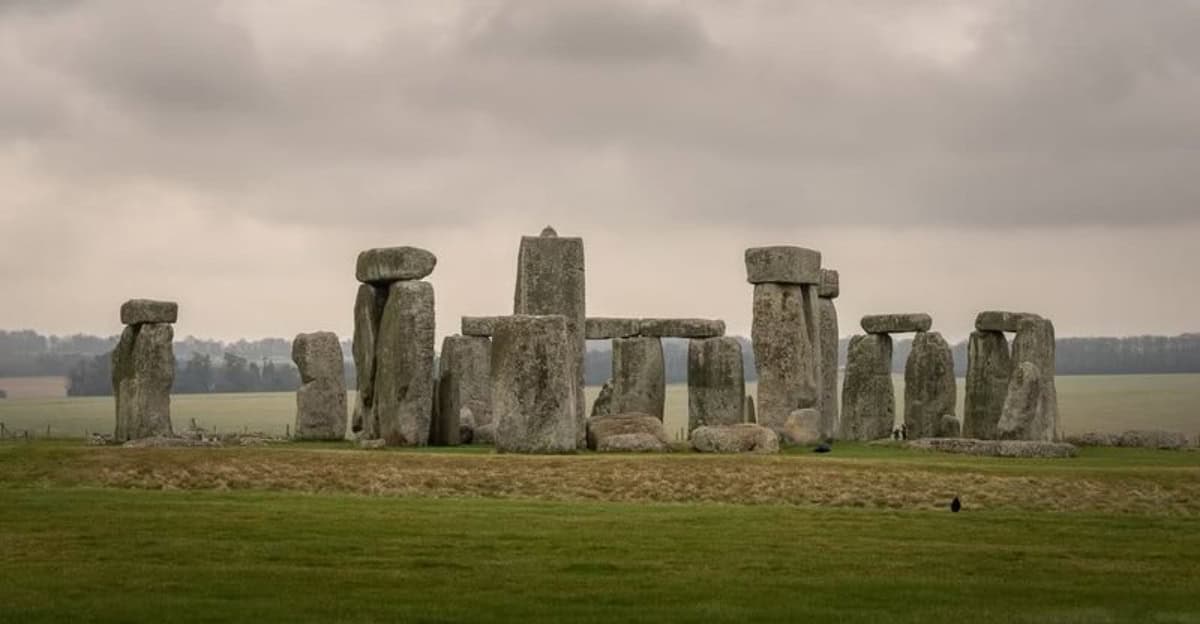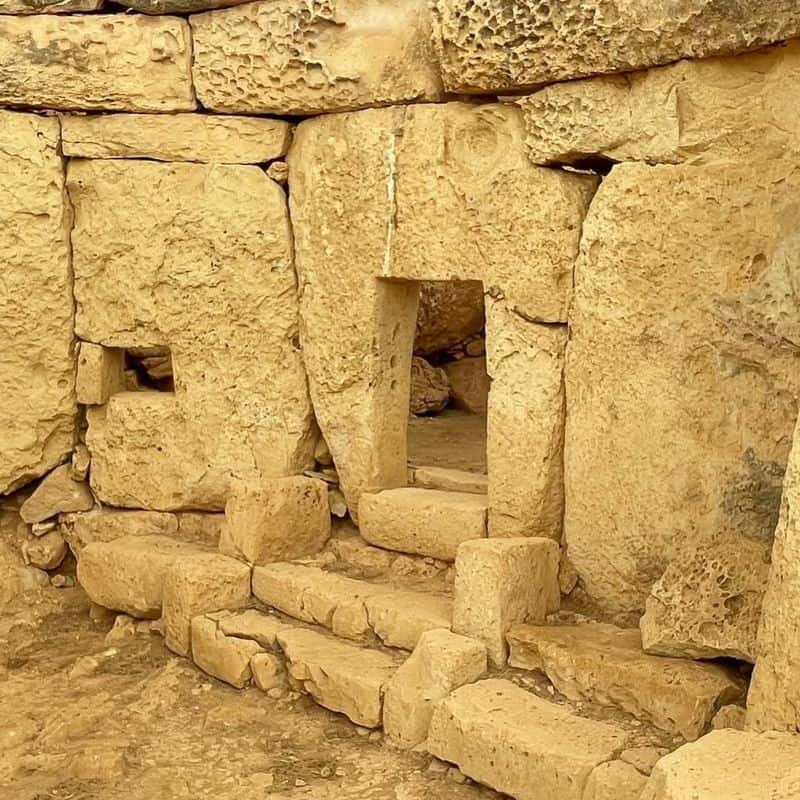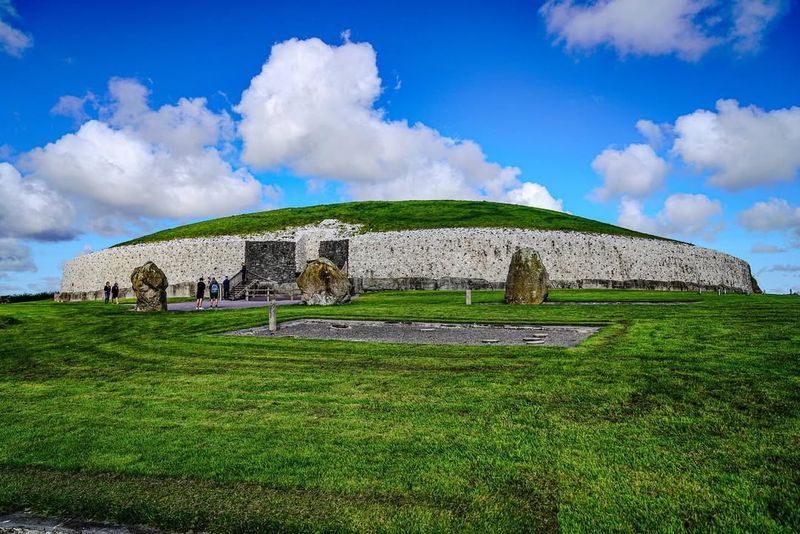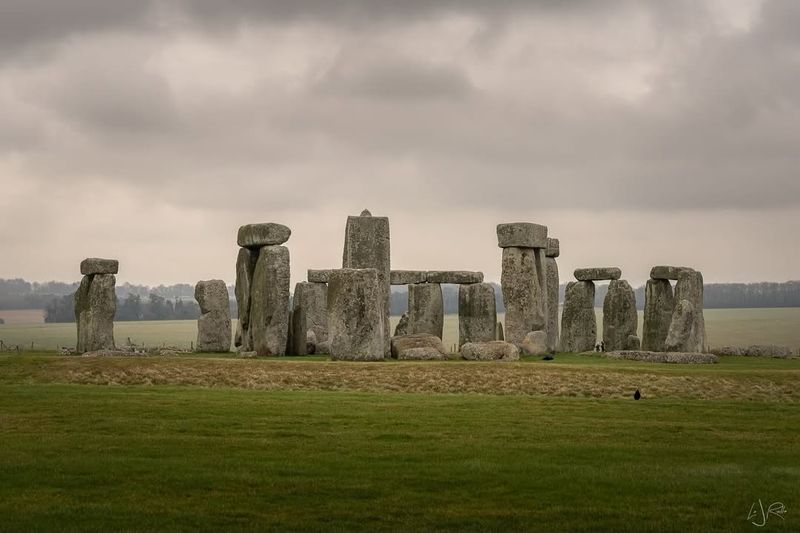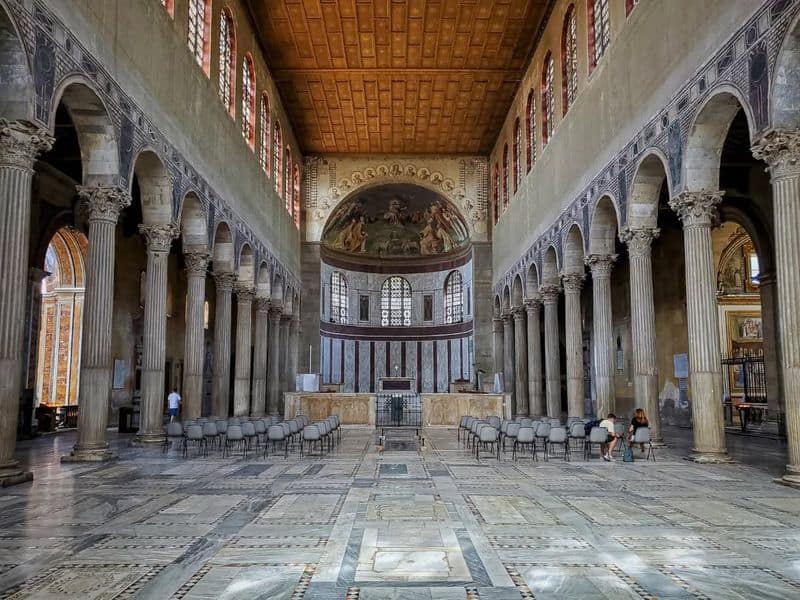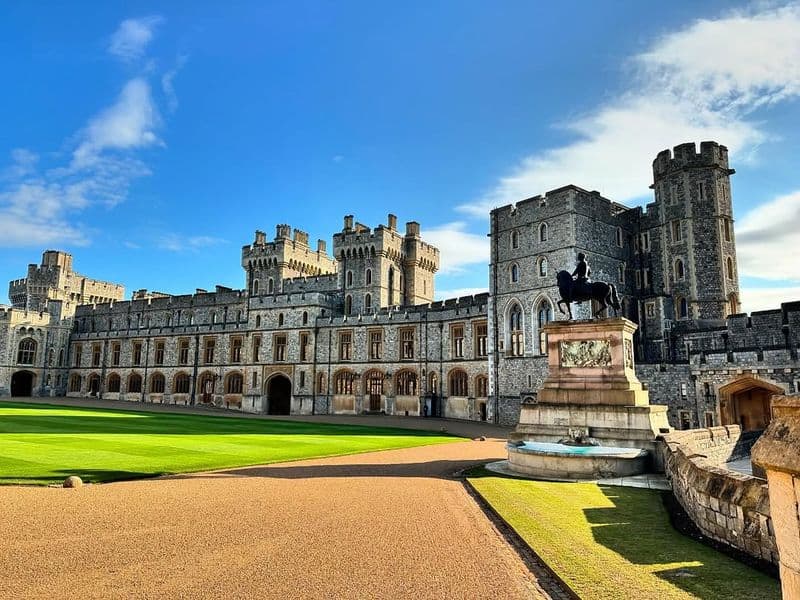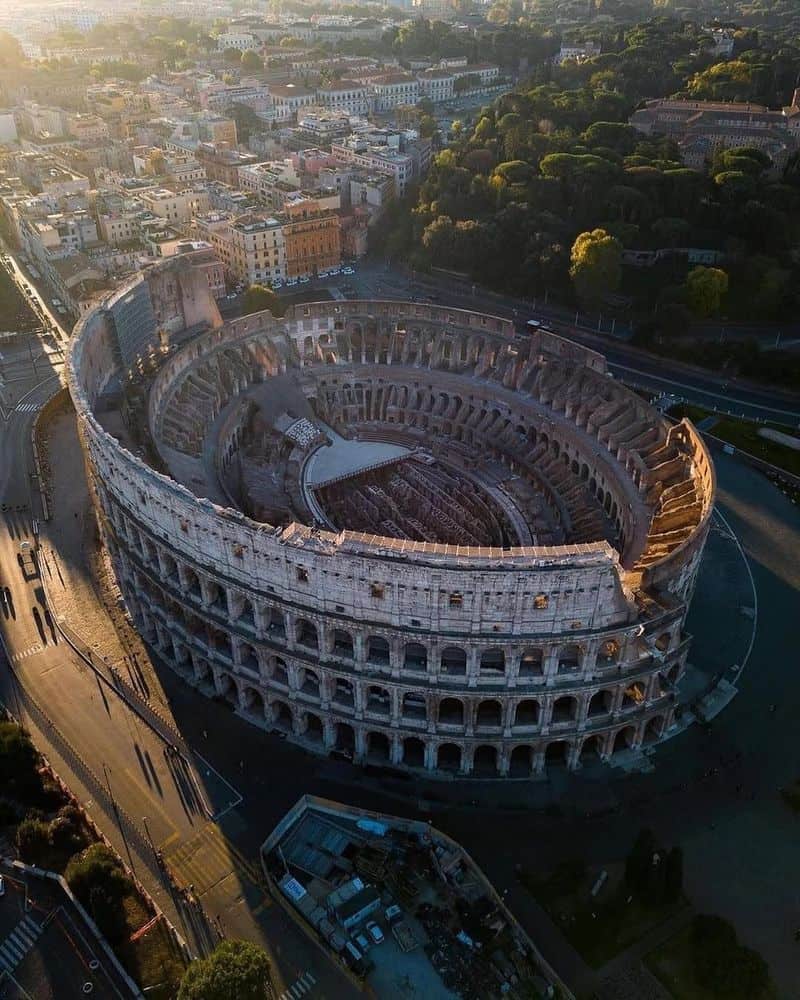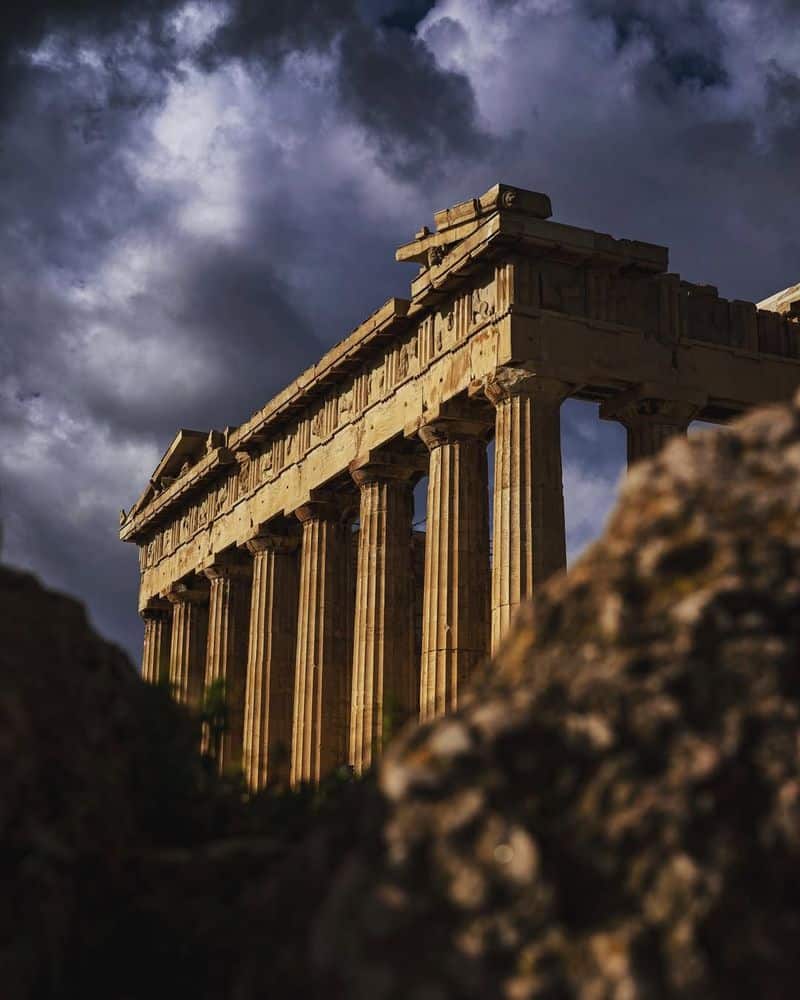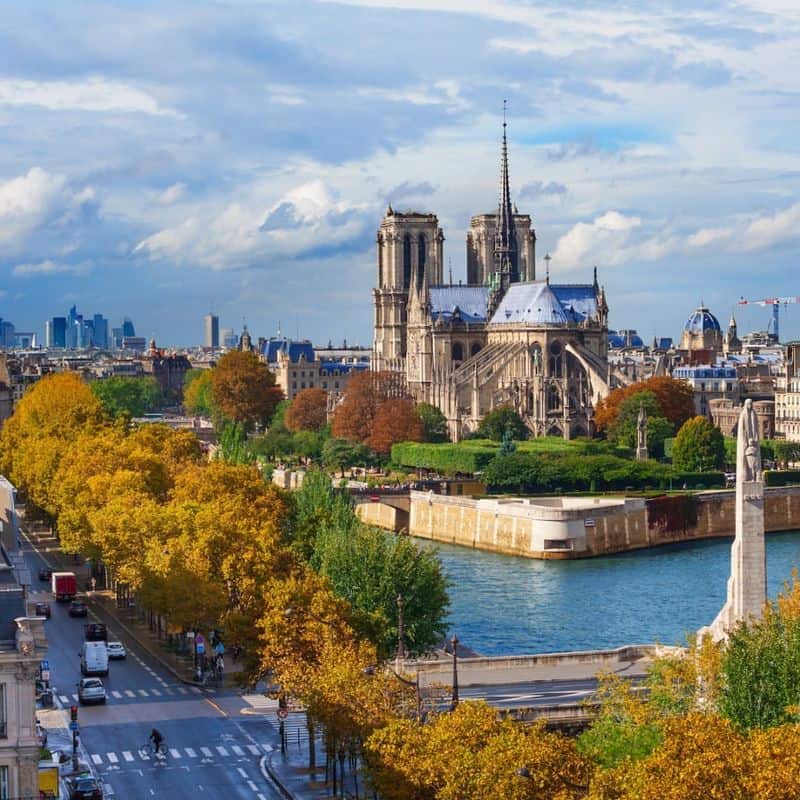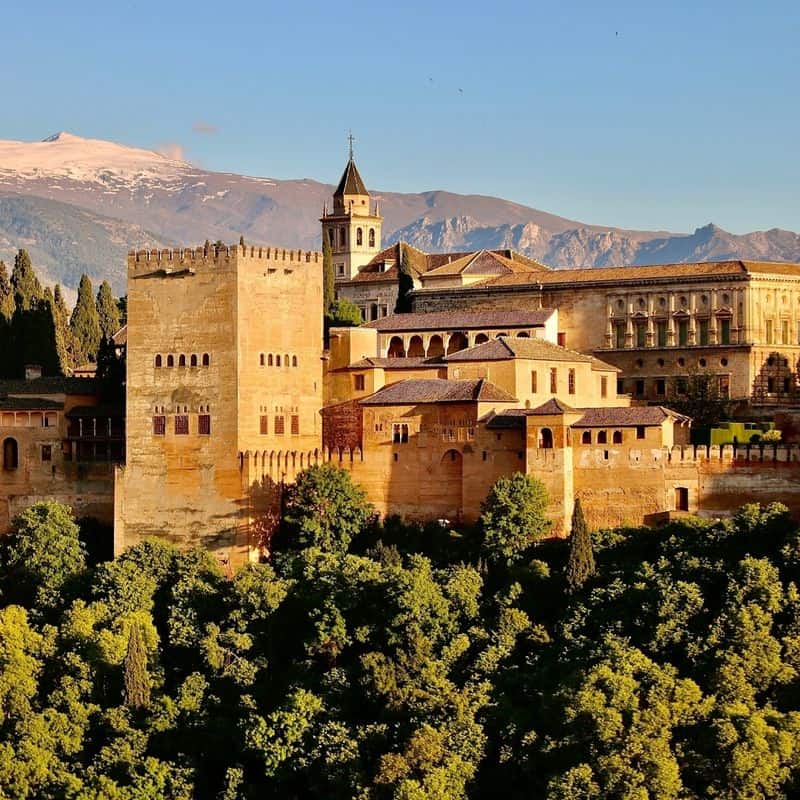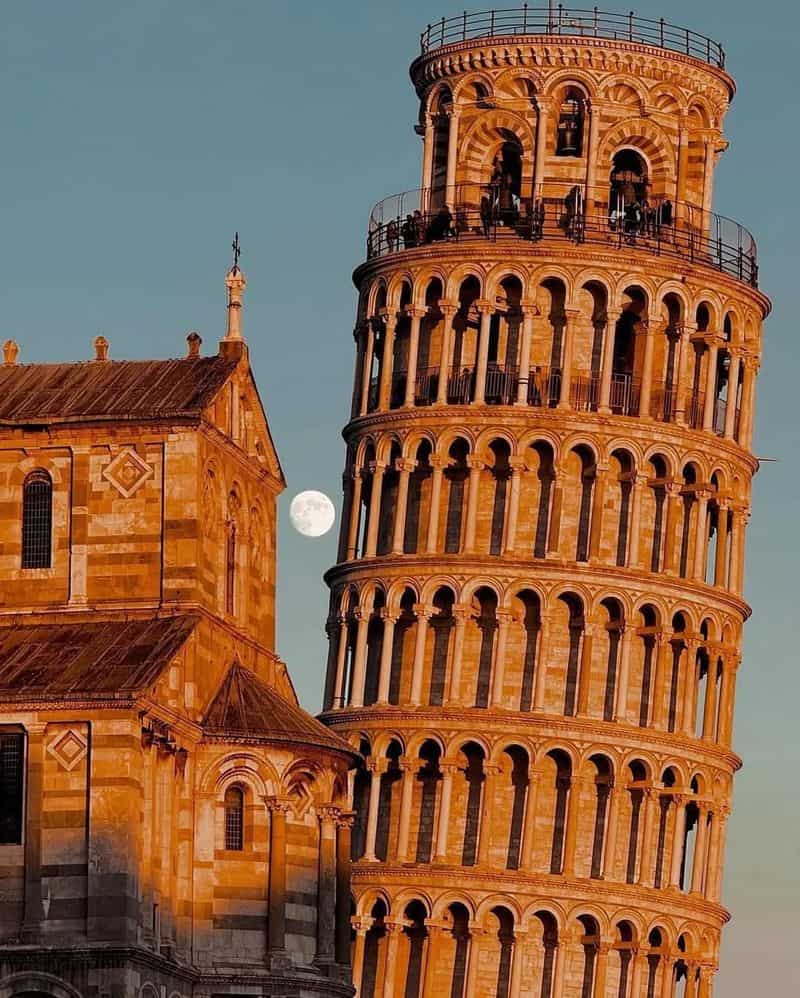Europe is home to some of the world’s oldest and most storied structures. These buildings have witnessed empires rise and fall, wars rage, and cultures bloom.
Each of these 11 marvels is a monument to human ingenuity and resilience, standing tall despite the passage of time.
From mysterious stone circles to ancient castles, these edifices have seen more drama than a soap opera.
1. Megalithic Temples of Malta – Southern Malta
The Megalithic Temples of Malta, located in Southern Malta, stand as some of the world’s oldest freestanding structures. Dating back to 3600 BC, these temples have seen millennia of human history.
Their construction, using massive limestone blocks, showcases the architectural prowess of ancient Maltese civilizations. Each temple is a treasure trove of carvings and altars.
These sites have witnessed rituals and ceremonies, making them a focal point of spiritual life for centuries. The temples remain a testament to Malta’s rich cultural and historical tapestry.
2. Newgrange – Ireland
Newgrange, a prehistoric monument in County Meath, Ireland, is older than Stonehenge and the Great Pyramids. Built around 3200 BC, it’s a marvel of ancient engineering.
The circular mound covers a long passage and chambers aligned with the winter solstice sunrise, illuminating its interior spectacularly. This astronomical precision reflects a deep understanding of celestial cycles.
Newgrange has been a part of Irish mythology and continues to be a site of archaeological intrigue and admiration, drawing visitors eager to experience its ancient magic and architectural genius.
3. Stonehenge – England
Stonehenge is an iconic prehistoric monument located in Wiltshire, England. This massive stone circle has been captivating imaginations for centuries with its mysterious origins.
Built around 3000 BC to 2000 BC, Stonehenge has seen countless solstices.
Many theories surround its purpose, from an astronomical observatory to a place of worship. Archaeologists continue to study its structure, hoping to unravel its secrets.
Despite its age, Stonehenge remains a vibrant symbol of Britain’s ancient heritage, drawing visitors worldwide to marvel at its enduring presence and enigmatic allure.
4. Basilica of Santa Sabina all’Aventino – Italy
The Basilica of Santa Sabina, perched on the Aventine Hill in Rome, is an early Christian basilica of exceptional beauty and simplicity. Built in the 5th century, it has witnessed centuries of religious devotion.
Its unadorned façade contrasts with the intricate mosaics and inlays within, offering a glimpse into early Christian artistry.
The basilica’s wooden doors, carved with biblical scenes, are particularly noteworthy.
Through centuries of change, Santa Sabina has remained a spiritual haven, embodying the enduring legacy of Rome’s Christian heritage and architectural elegance.
5. Pantheon – Italy
The Pantheon in Rome, Italy, stands as a testament to Roman architectural brilliance. Originally built as a temple for Roman gods, its current form dates to 126 AD.
The Pantheon’s dome, with its central oculus, remains the world’s largest unreinforced concrete dome. This engineering marvel has inspired countless architects throughout history.
Today, the Pantheon serves as a church and a burial place for illustrious Italians, including Raphael. Its harmonious proportions and enduring grandeur continue to draw admirers and historians alike.
6. Windsor Castle – England
Windsor Castle, the quintessential British royal residence, has been home to monarchs for over 1,000 years. Built in the 11th century, it embodies the dramatic history of England.
The castle’s evolution from a wooden fortress to a grand stone palace reflects centuries of architectural advancement. It has witnessed sieges, celebrations, and state events.
Despite modernizations, Windsor Castle retains its medieval charm.
It remains a dynamic symbol of British royalty, drawing visitors keen on exploring its storied halls and regal gardens.
7. The Colosseum – Italy
The Colosseum, an iconic symbol of Imperial Rome, remains one of the world’s greatest architectural feats. Completed in 80 AD, it’s famed for gladiatorial contests and public spectacles.
Its elliptical structure could host thousands, providing a venue for entertainment and political propaganda. The Colosseum’s design influences stadiums even today.
Despite natural disasters and centuries of wear, it endures as a testament to Roman engineering. The Colosseum draws millions, offering a poignant reminder of Rome’s imperial grandeur and cultural legacy.
8. Acropolis of Athens – Greece
The Acropolis of Athens, crowned by the Parthenon, stands as a symbol of ancient Greek civilization. Dating back to the 5th century BC, it epitomizes classical architecture.
The Parthenon, dedicated to Athena, reflects the artistic and political zenith of Athens. Its enduring marble columns and sculptures narrate tales of mythology and history.
The Acropolis has witnessed wars and restorations, remaining a focal point of Greek culture. It continues to inspire awe and reverence, embodying the spirit of democracy and artistic achievement.
9. Notre-Dame Cathedral – France
Notre-Dame Cathedral, a Gothic masterpiece in Paris, is renowned for its architectural grandeur and cultural significance.
Completed in the 14th century, it’s witnessed revolutions and restorations.
The cathedral’s flying buttresses, rose windows, and gargoyles are iconic features of Gothic design. Its towers offer stunning views of Paris.
Despite suffering extensive fire damage in 2019, restoration efforts aim to restore its former glory. Notre-Dame continues to be a symbol of French resilience, captivating visitors with its history and splendor.
10. Alhambra – Spain
The Alhambra, a jewel of Moorish Spain, sits atop the hills of Granada. Built in the 13th century, this palace and fortress complex is a masterpiece of Islamic art.
Its intricate carvings, elegant arches, and tranquil gardens create a harmonious blend of architecture and nature. The Alhambra has been a seat of power and a symbol of cultural fusion.
Today, it remains a testament to the rich heritage of Al-Andalus, inviting visitors to explore its exquisite halls and enchanting landscapes.
11. Leaning Tower of Pisa – Italy
The Leaning Tower of Pisa is not just a gravitational marvel; it’s a testament to architectural perseverance.
Constructed over 199 years, this tower began tilting during its build. It’s located in the charming city of Pisa, Italy. Despite its lean, it has survived earthquakes and wars.
A hotspot for tourists, many come to pose as if holding it up—a quirky tradition! The tower has also been a silent witness to political upheaval, from medieval conflicts to modern-day protests.
Standing proudly, albeit slanted, the Leaning Tower of Pisa is a symbol of resilience and intrigue.

